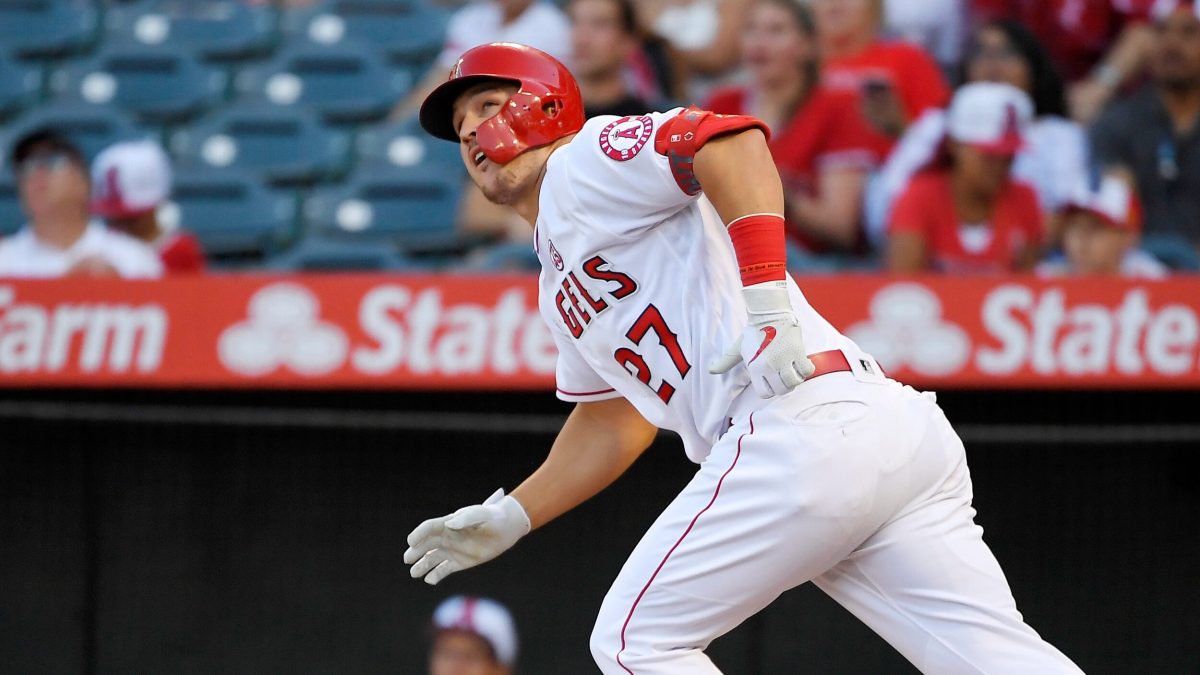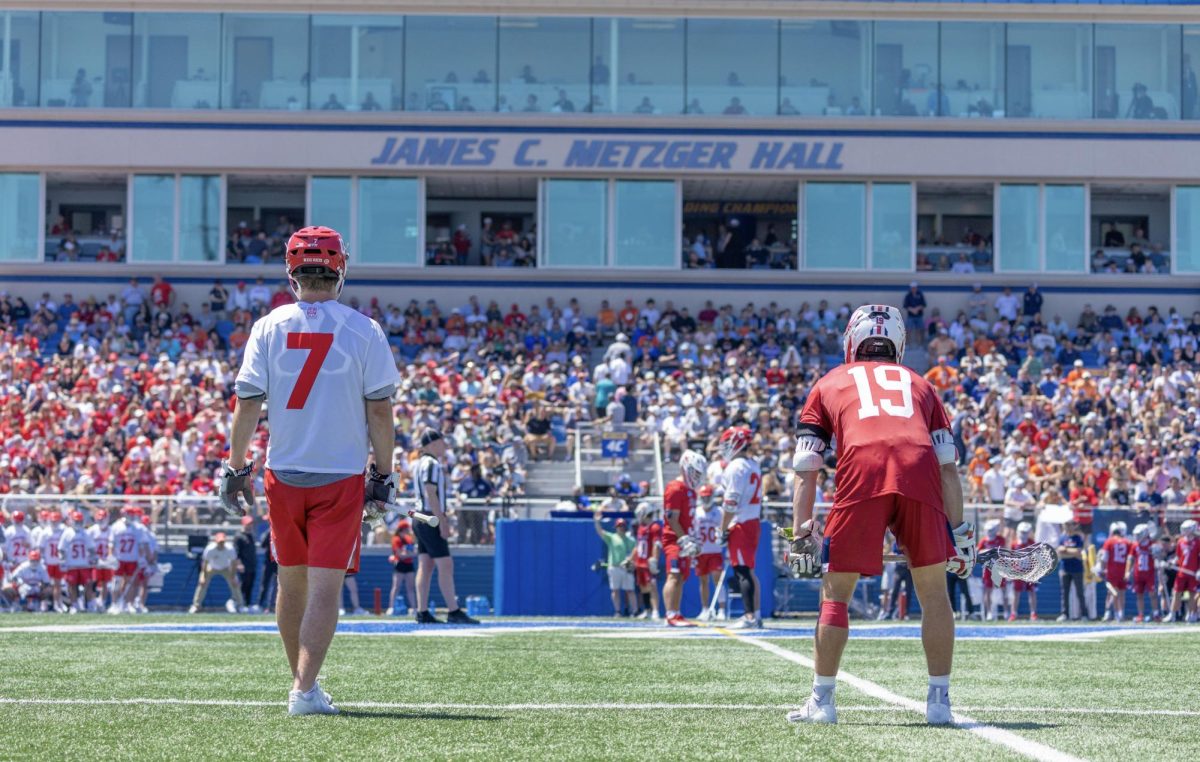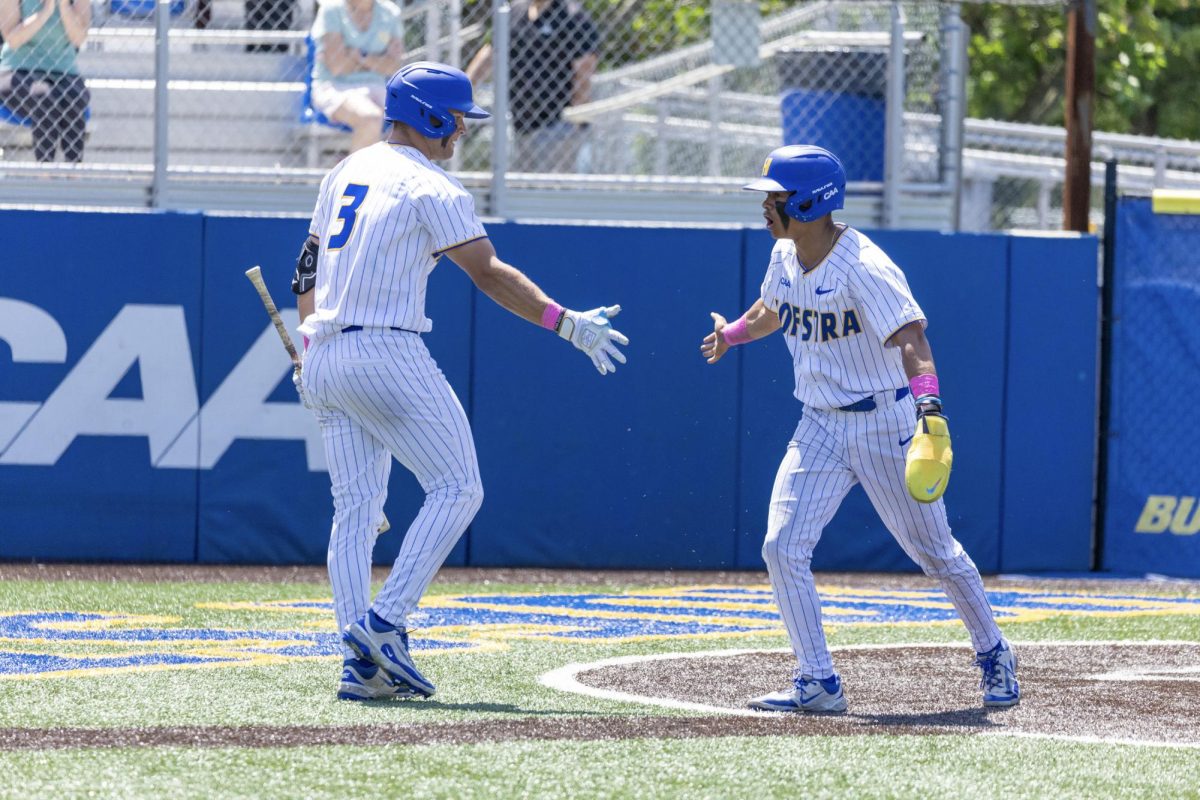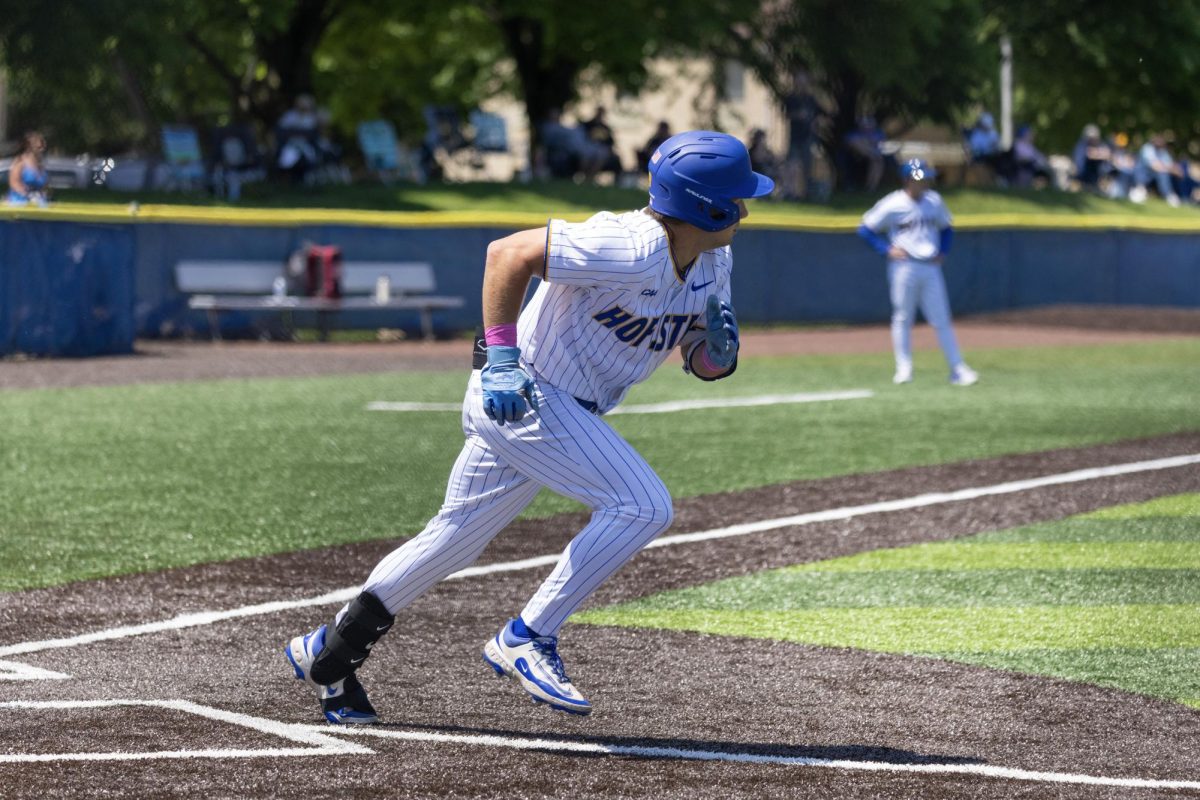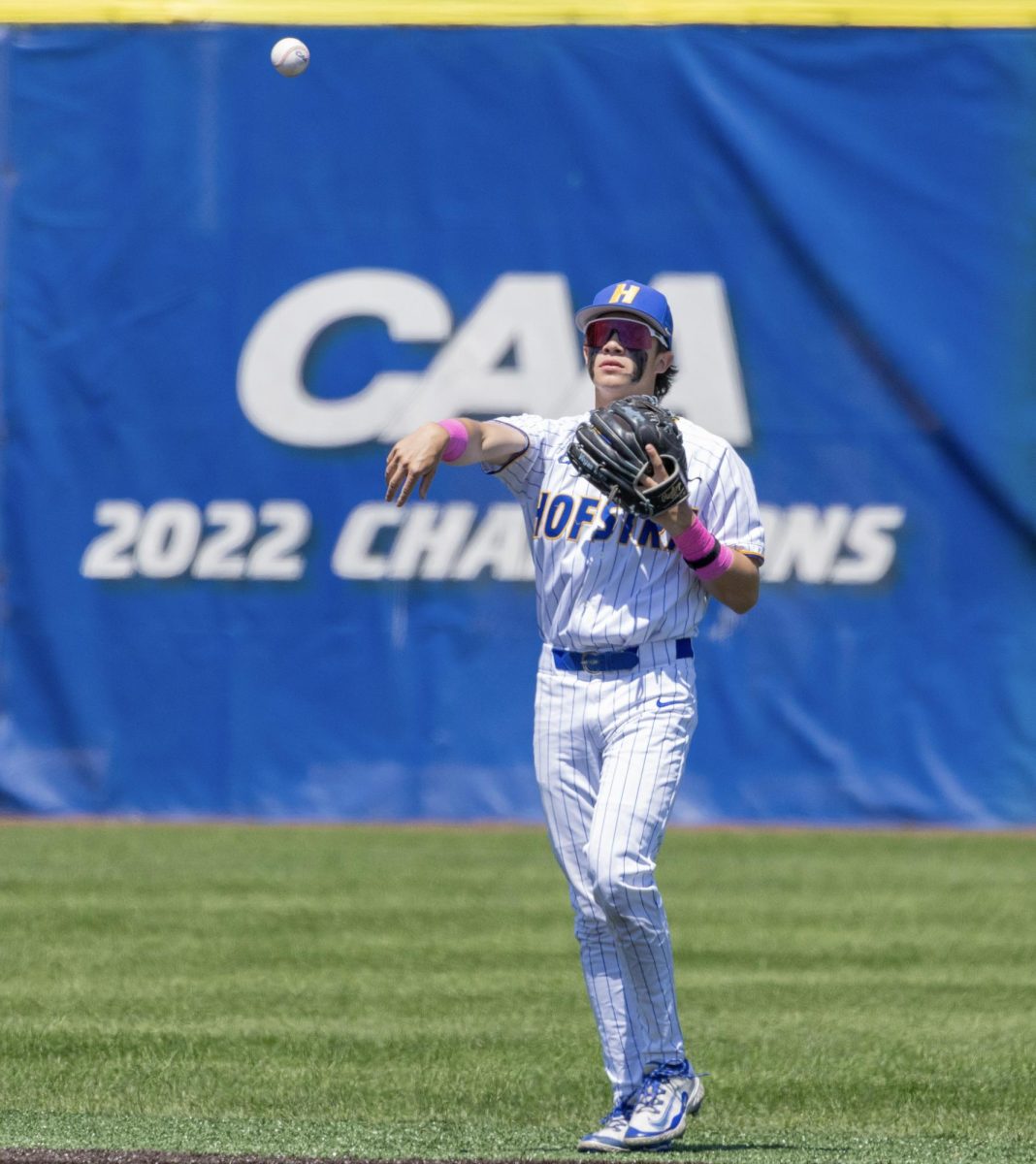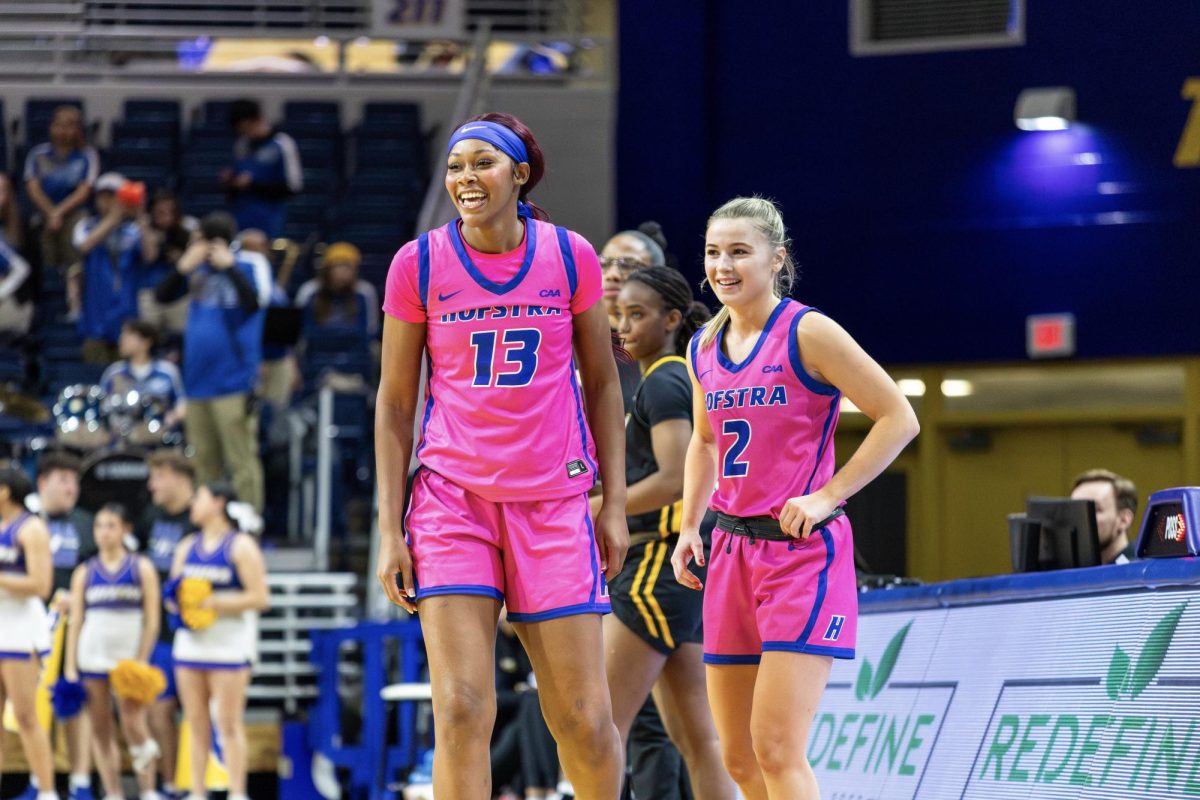After three months of negotiation and tribulation, Major League Baseball (MLB) is back. Commissioner Rob Manfred imposed a 2020 season on Tuesday, June 23, after the league and the Major League Baseball Players Association (MLBPA) failed to reach an agreement. The MLBPA informed the league that players will be able to report to training camp within seven days and will comply with the league’s health and safety protocols.
“Major League Baseball is thrilled to announce that the 2020 season is on the horizon,” Manfred said in a statement. “We have provided the Players Association with a schedule to play 60 games and are excited to provide our great fans with baseball again soon.”
Spring training will officially open on Wednesday, July 1, with the regular season starting either Thursday, July 23, or Friday, July 24, and ending on Sunday, Sept. 27. Teams will mainly play opponents in their own divisions to minimize travel, with the remaining games being against the opposite league’s corresponding geographical division: For example, a team from the AL East might play a team from the NL East.
As part of the shortened season, a flurry of rule changes will go into effect. When the season begins, the rosters will only contain 30 players and will decrease to 26 as the season goes on. A trade deadline has been set for Monday, Aug. 31, the latest it has ever been. A universal designated hitter will be used for the first time ever to help protect pitchers from injury and a new twist has been added to extra innings: A runner will be placed on second base at the start of every half inning to try to end the game quickly. The league experimented with this rule in the minor leagues for the last couple of years and has seen successful results.
The start of the season marks the end of months of frustration for the game’s fans, players and owners – frustrations that started in late March when the coronavirus pandemic caused spring training to end abruptly and the regular season to be delayed. The league and the MLBPA were quick to agree to terms that included prorated salaries and full-service time for players.
During the month of April, the league considered several locations for where the season would take place. Jeff Passan of ESPN was the first to report a potential plan for the season to start in early May, with all 30 teams playing games in Arizona at several spring training fields and the Arizona Diamondbacks’ Chase Field. The players would be in isolation at hotels in the Phoenix area. Bob Nightengale of USA Today reported that the league was also considering playing games in Florida and Arizona. Nightengale also reported that the 30 teams would not remain in their current divisions but rather be separated based on their geography.
These plans would fall through over the next two months as the real negotiations began. The first offer was made by the league in late May – an offer which saw an 82-game regular season starting in July, a 14-team postseason and a modified compensation plan that went against the already agreed-to prorated salaries. The MLBPA made a counterproposal a few days later that called for a 114-game regular season, a 14-team postseason for two years and full prorated salaries. This would be the start of a long dispute over player compensation: The league was now no longer willing to pay the players the agreed-upon prorated salaries, and the players believed that they were risking too much to be paid the low salaries the league was now offering.
The back-and-forth offers continued all throughout the month of June. The league offered the players 75% of their prorated salaries in their next offer, but the players declined, as they still wanted their full prorated salaries. The league then made an offer that saw player salaries max out at 80%, including an extra $50 million to go to teams that make the postseason. Rather than make a counteroffer, the players asked the league to do one thing: “Tell us when and where.”
“It unfortunately appears that further dialogue with the league would be futile,” MLBPA Executive Director Tony Clark said in a statement. “It’s time to get back to work.”
In the meantime, Manfred appeared on SportsCenter for an interview in which he stated that there was a “100%” chance there would be a 2020 season. The “tell us when and where” campaign then spread like wildfire on social media as many players tweeted out the phrase. After days without an offer being made, Manfred told ESPN’s Mike Greenberg that he was no longer 100% certain of a 2020 season happening, leading the MLBPA to believe that he was threatening to cancel the season . The MLBPA was “disgusted” and said in a statement that the league “[had] been negotiating in bad faith since the beginning.”
But MLB made an offer a few days later. The full prorated salaries were being offered for a 60-game regular season and a 16-team postseason. The players countered with 70 games, to which the league did not respond. After the players voted “no” to the 60-game season, the owners voted to proceed with the 2020 season. The MLBPA confirmed this news by tweeting, “All remaining issues have been resolved and players are reporting to training camp.”
Baseball is now on the horizon. While salaries and games have been figured out, there is still concern about how the league will handle the coronavirus pandemic. A recent surge in cases in Florida has caused some teams to move back to their home cities, including the New York Yankees and New York Mets, who returned this past week. Nevertheless, there is still plenty of reason to be excited for the upcoming season. The Washington Nationals will start their quest to repeat as champions, the Houston Astros will play their first games since their cheating scandal broke last November and many players will don new uniforms for the first time. For the first time in months, it’s great to be a baseball fan.
Photo Courtesy of Mark Terrill


